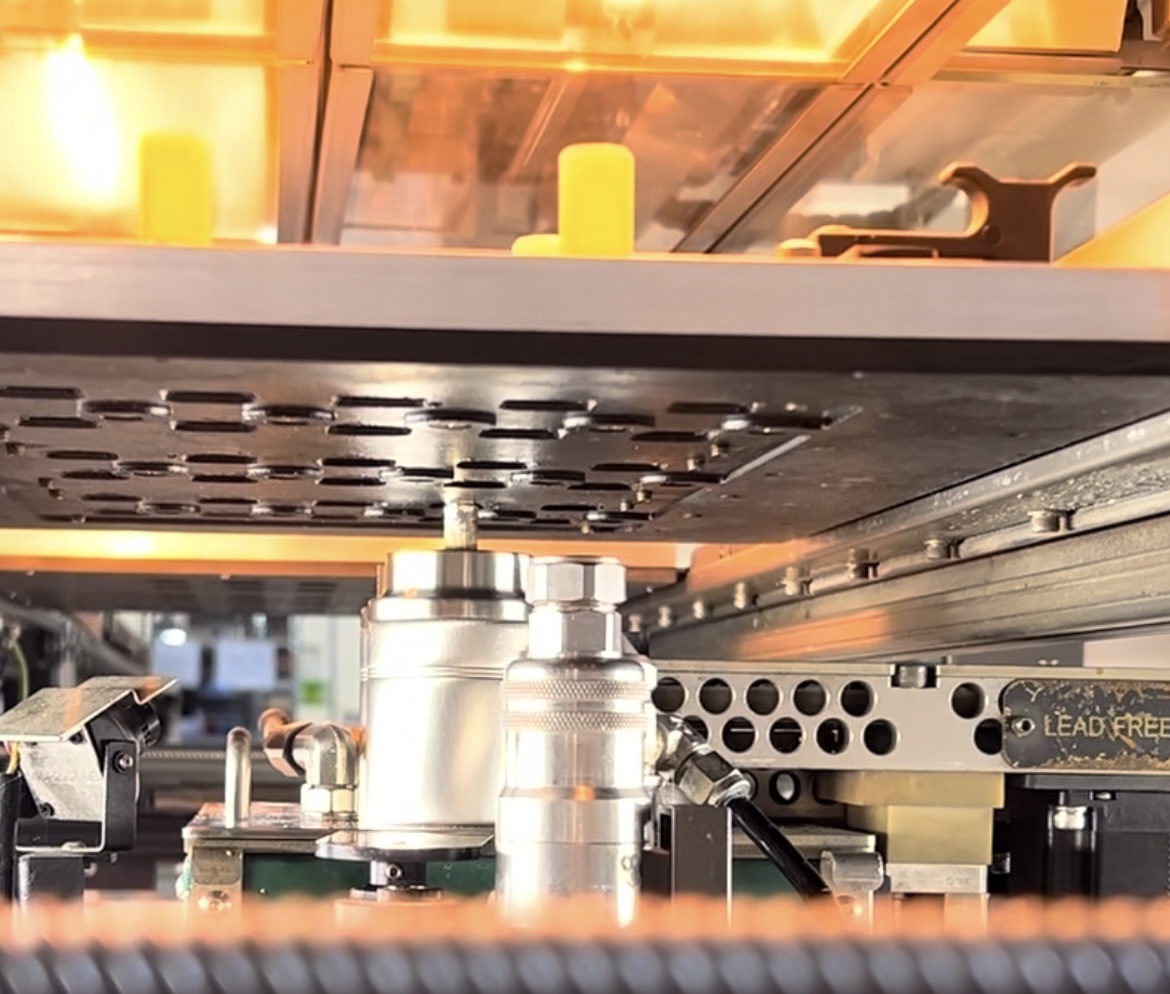As electronics become increasingly smaller and more complex with mixed-component assemblies, selective soldering has emerged as an essential electronics manufacturing technique. Unlike wave soldering, that coats the bottom of the printed circuit board in molten solder, selective soldering applies solder precisely to specific areas using programmable soldering machines.
This targeted approach offers significant advantages for manufacturers dealing with thru-hole components on boards that also contain sensitive surface-mount devices. This process protects temperature-sensitive thru-hole components along with its connectors.
Key benefits of selective soldering include: i) reduced thermal stress on components, ii) elimination of masking requirements, and iii) improved process control. Selective soldering also minimizes material waste by applying solder only where it is needed, thus reducing costs and environmental impact. The programmable nature allows for quick changeovers between product variants without tooling modifications.
Quality improvements are substantial, with consistent joint formation and reduced defect rates compared to hand soldering. The process also enables real-time monitoring and data collection, supporting quality assurance and traceability requirements in regulated industries.
For manufacturers producing mixed-technology assemblies or low-to-medium volume products requiring flexibility, selective soldering represents an optimal balance of precision, quality, and cost-effectiveness in modern electronics production.
If your PCB assembly project requires precision soldering, we’ve got you covered. Get an instant quote from us today by visiting our online quote page.
Screaming Circuits

